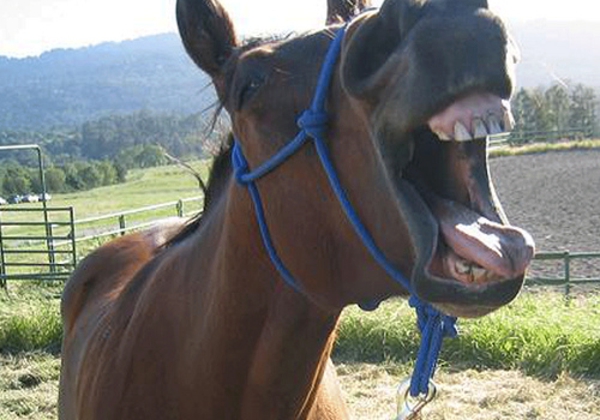Buying a yearling is great treat for all horse lovers. And if you’re fortunate enough to have the space, the money, and the time to care for your new horse – why not? But like all animals, your new horse is going to need a little bit of training early on. Even with the most basic of knowledge behind you, these five steps can help you train your yearling into a stallion to be proud of:
1. Body Language
Horses, just like many other animals – humans included – communicate through body language. The best way they can interpret your commands are through your body language, so you need to be aware of how you hold yourself.
As a herd animal, horse follow example so you need to show that you’re an in control leader, through your body language. Don’t be aggressive of over bearing though, as this will have an adverse effect and the animal won’t trust you. Instead, be confident, calm, and clear. This is enough to encourage your new horse to follow your lead.
2. Ground Training
As tempting as it may be to jump straight into riding your new horse; novice and expert riders should first establish a good technique on the ground. Yearlings first need to build up a trusting partnership with you, before you rush into competitions.
Teaching basic commands on the ground is much safer for you and the horse. As your relationship grows and the horse responds well, you can then begin introducing the saddle. Once you feel your new horse is ready, you can put these commands into practice.
3. Warm Up and Cool Down
Anyone who exercises will know the importance of properly warming up and cooling down. It prepares the muscles, as well as protecting them. Well, the same goes for your horse. Before they’re ready to compete, you need to make sure they are physically and mentally prepared.
It is good to get into the routine of doing this, especially if you intend to race with your horse. The animal will come to know what to expect, and lessens the risk of a lasting injury. Make sure you end training sessions on a high, giving the animal time to rest its muscles.
4. Boundaries
When you train a new puppy for instance, they learn boundaries. They learn not to climb on furniture, chew things, or pee in the house. While the boundaries are understandably different, establishing boundaries for your new horse is essential.
A good way to gain respect from your new animal and create some boundaries is by backing your horse up. Not only does this make handling safer, you can establish ground rules for the horse. A good technique to use is to draw an imaginary line your horse can’t cross. When they do, back them up. Just make sure you’re consistent with the distance you back the horse up.
5. Treats
Even though the setting of boundaries is a common theme through all animal training, training horses differs considerably. You are highly likely to treat your dog when he does something good, or doesn’t do something bad. However, you need to be more conscious of when you treat your horse.
Give them treats when your training sessions have finished and not during. This will teach the horse what to expect, and will help you get the best out of them. You can be as affectionate as you like during down time, but keep your training professional.
If you have the space, time, and finances to train and care for a horse yourself, there is no reason why you shouldn’t be able to train them yourself. The horse can become comfortable in your presence, and will get to know your way of working. This will make for a much more enjoyable, safe, and worthwhile training experience.
If you’d like to buy a racehorse, either as part of a syndicate or on your own, you should contact Jonjo O’Neill. The ex-jockey has a whole host of thoroughbreds for sale. Visit www.jonjooneillracing.co.uk for further information.

